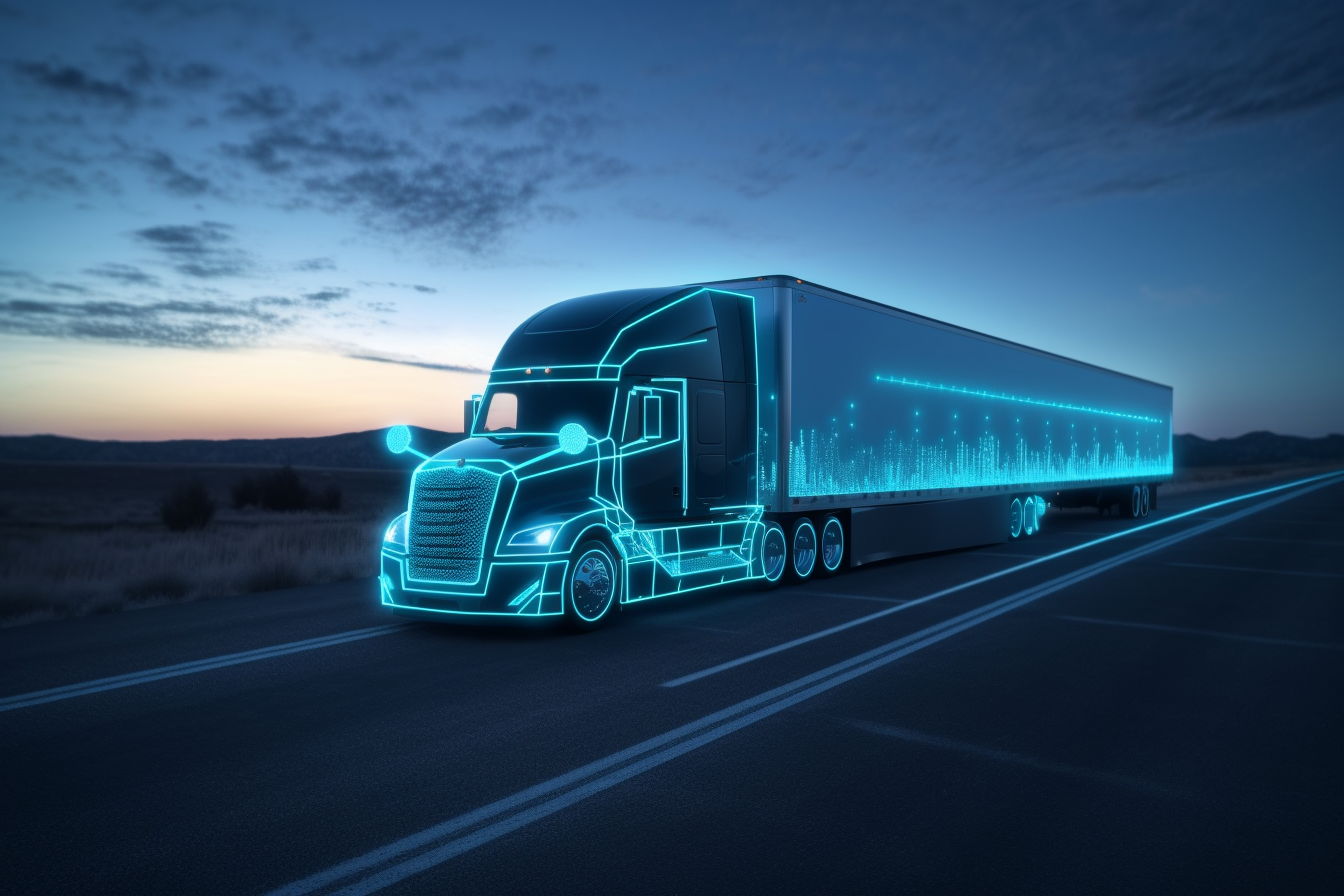
In the world of transportation, where efficiency and safety are paramount, the advent of artificial intelligence (AI) has brought forth transformative changes. Truck accident lawyers at Salango Law note the severity of injury truck accidents has the potential to cause, creating a heightened need to prevent accidents from happening. From self-driving cars to smart traffic management systems, AI has been harnessed to enhance safety on the roads. One sector that has greatly benefited from AI’s potential is the trucking industry. In this blog, we’ll explore how artificial intelligence is playing a pivotal role in preventing truck accidents and shaping the future of road safety.
Understanding the Problem
Truck accidents can have devastating consequences due to the sheer size and weight of these vehicles. Factors like driver fatigue, distractions, inadequate maintenance, and adverse weather conditions contribute to accidents on the road. Traditional safety measures and regulations have made significant strides, but the integration of AI brings a new dimension to accident prevention.
Real-Time Data and Predictive Analytics
AI-driven systems in trucks are equipped with sensors and cameras that continuously gather data about the vehicle’s surroundings, its condition, and the behaviour of other road users. This real-time data is processed by sophisticated AI algorithms that can detect anomalies and potential hazards. By analyzing patterns and trends, AI systems can predict accidents before they happen. For instance, sudden lane departure alerts can be triggered if a driver appears drowsy or distracted, allowing timely interventions.
Collision Avoidance Systems
One of the remarkable contributions of AI is in collision avoidance systems. These systems use advanced algorithms to assess the vehicle’s speed, trajectory, and proximity to other vehicles. If a collision risk is detected, the AI system can initiate autonomous braking or steering adjustments to prevent the collision. This split-second decision-making is beyond human capability, making such systems highly effective in preventing rear-end collisions, rollovers, and more.
Adaptive Cruise Control and Lane Keeping Assistance
AI-powered adaptive cruise control adjusts a truck’s speed based on the traffic flow, maintaining a safe following distance. And as noted by the car accident lawyers at Ciccarelli Law Offices, tailgating is one of the leading causes of accidents, which technological advancements can help prevent. Lane-keeping assistance ensures that the truck stays within its lane, reducing the risk of unintended lane departure accidents. These AI features not only enhance safety but also contribute to smoother traffic flow.
Smart Traffic Management
Beyond individual trucks, AI also influences the entire road ecosystem. Smart traffic management systems powered by AI can analyze traffic patterns and adjust traffic signals in real-time to alleviate congestion and prevent bottlenecks. This proactive approach reduces the likelihood of accidents caused by sudden stops or reckless manoeuvres.
Challenges and Future Outlook
While AI has shown immense promise in preventing truck accidents, challenges persist. Technical glitches, ethical considerations, data privacy concerns, and the transition period where AI and human drivers share the road require careful navigation.
Looking ahead, the future of truck accident prevention seems promising. Continued advancements in AI technology, coupled with ongoing research and development, will likely lead to more sophisticated and reliable safety measures. As self-driving technology matures, the trucking industry could witness a transformative shift towards fully autonomous vehicles, virtually eliminating the human factor in accidents.
Artificial intelligence has ushered in a new era of road safety, particularly in the trucking industry. By leveraging real-time data, predictive analytics, collision avoidance systems, and adaptive cruise control, AI is making significant strides in preventing truck accidents. While challenges remain, the potential to drastically reduce accidents and save lives is a compelling reason to embrace AI’s role in shaping a safer future on our roads. As technology continues to evolve, the synergy between human drivers and AI-driven systems holds the key to achieving unprecedented levels of road safety.
